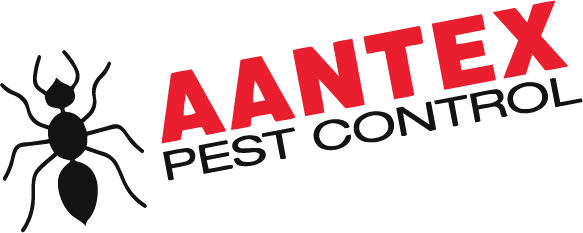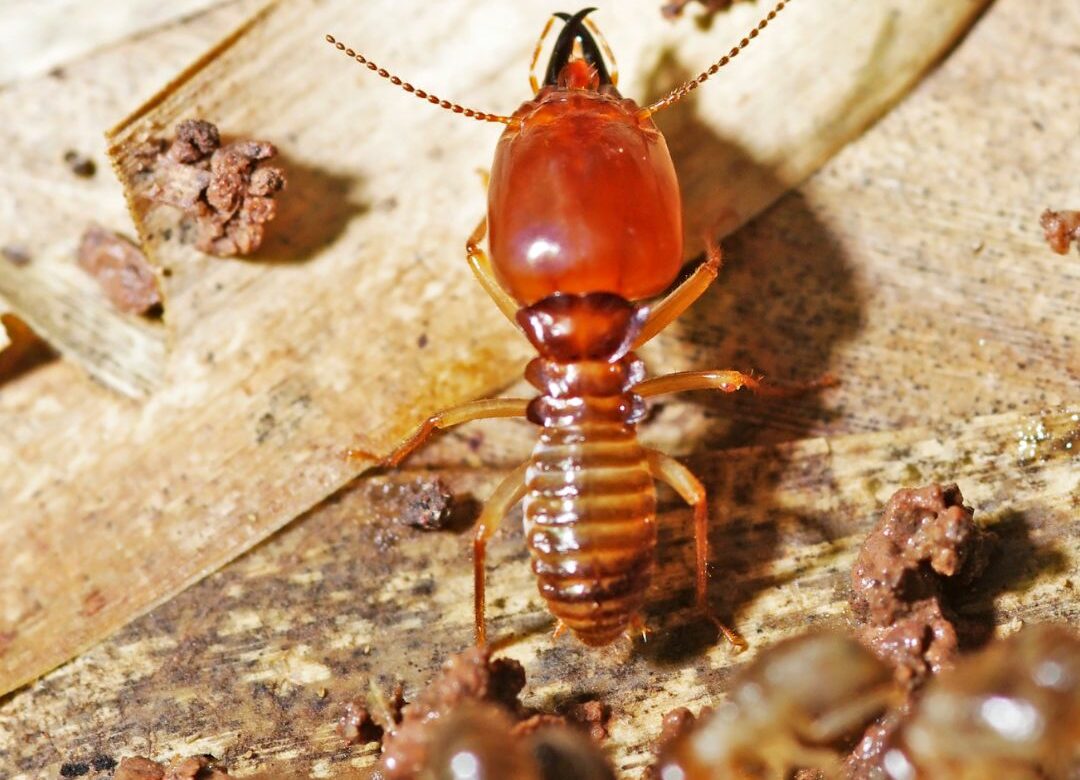Introduction to Termites
Termites, often regarded as “silent destroyers,” are more than just tiny insects. They can cause immense damage to homes, devouring wood and other materials containing cellulose. Understanding termites, especially the species common in your locale, can help you prevent or control potential infestations.
The Significance of Knowing Termite Species
Various termite species behave differently, have diverse preferences for their habitat, and cause distinct types of damage. As a homeowner in Northern California, understanding the species that thrive in your region could be a key factor in saving your property.
Common Termite Species in Northern California
Northern California is primarily home to three species of termites: Subterranean, Drywood, and Dampwood termites.
Subterranean Termites
Behavior and Appearance
Subterranean termites live in colonies underground and are typically characterized by their dark brown to black bodies and a creamy white color for worker termites. They build distinctive “mud tubes” to reach food sources and protect themselves from open air.
Damage Caused
Subterranean termites are notorious for the significant damage they can inflict on buildings. They eat wood from the inside out, leaving a thin veneer of wood or paint. So, by the time you notice, extensive damage may already have been done.
Drywood Termites
Behavior and Appearance
Drywood termites are larger than their subterranean counterparts and can range in color from light brown to dark. Unlike subterranean termites, they live within the wood they consume and don’t require contact with the soil.
Damage Caused
Drywood termites can cause severe damage to structures by creating large colonies and feeding on wood across the grain, creating chambers connected by tunnels.
Dampwood Termites
Behavior and Appearance
As their name suggests, Dampwood termites favor wood with high moisture content. They are among the largest termites, and their bodies are typically brown.
Damage Caused
Dampwood termites don’t usually infest homes unless there’s a significant moisture issue. However, if left unchecked, they can cause severe damage to damp wood structures.
Identifying Termite Infestations
Common Signs of Infestation
Common signs of a termite infestation include mud tubes, discarded wings, termite droppings, hollow-sounding or damaged wood, and swarms of “flying ants,” which are actually reproductive termites.
Termite Prevention and Control
Preventive Measures
Preventing termite infestations can involve reducing wood-to-ground contact, removing dead wood, reducing moisture, and regular inspections.
Professional Treatment
Although DIY methods exist, professional pest control services are typically more effective due to their extensive knowledge and the use of specialized treatments.
Conclusion
Understanding the termite species common in Northern California is essential for effective prevention and control. Regular inspections and professional treatments can ensure your home stays termite-free.
Frequently Asked Questions
- What is the most common termite in Northern California?
- The most common termite species in Northern California are Subterranean, Drywood, and Dampwood termites.
- How can I tell if I have a termite infestation?
- Common signs include mud tubes, discarded wings, termite droppings, and damaged wood.
- What do termites look like?
- Termites are small insects that range in color from white to light brown to black, depending on the species and caste.
- Can I handle a termite infestation myself?
- While you can attempt DIY methods, professional pest control services are often more effective due to their specialized treatments and knowledge.
- What damage can termites cause?
- Termites can cause significant structural damage to buildings by consuming wood and other cellulose materials
Introduction to Termites
Termites, often regarded as “silent destroyers,” are more than just tiny insects. They can cause immense damage to homes, devouring wood and other materials containing cellulose. Understanding termites, especially the species common in your locale, can help you prevent or control potential infestations.
The Significance of Knowing Termite Species
Various termite species behave differently, have diverse preferences for their habitat, and cause distinct types of damage. As a homeowner in Northern California, understanding the species that thrive in your region could be a key factor in saving your property.
Common Termite Species in Northern California
Northern California is primarily home to three species of termites: Subterranean, Drywood, and Dampwood termites.
Subterranean Termites
Behavior and Appearance
Subterranean termites live in colonies underground and are typically characterized by their dark brown to black bodies and a creamy white color for worker termites. They build distinctive “mud tubes” to reach food sources and protect themselves from open air.
Damage Caused
Subterranean termites are notorious for the significant damage they can inflict on buildings. They eat wood from the inside out, leaving a thin veneer of wood or paint. So, by the time you notice, extensive damage may already have been done.
Drywood Termites
Behavior and Appearance
Drywood termites are larger than their subterranean counterparts and can range in color from light brown to dark. Unlike subterranean termites, they live within the wood they consume and don’t require contact with the soil.
Damage Caused
Drywood termites can cause severe damage to structures by creating large colonies and feeding on wood across the grain, creating chambers connected by tunnels.
Dampwood Termites
Behavior and Appearance
As their name suggests, Dampwood termites favor wood with high moisture content. They are among the largest termites, and their bodies are typically brown.
Damage Caused
Dampwood termites don’t usually infest homes unless there’s a significant moisture issue. However, if left unchecked, they can cause severe damage to damp wood structures.
Identifying Termite Infestations
Common Signs of Infestation
Common signs of a termite infestation include mud tubes, discarded wings, termite droppings, hollow-sounding or damaged wood, and swarms of “flying ants,” which are actually reproductive termites.
Termite Prevention and Control
Preventive Measures
Preventing termite infestations can involve reducing wood-to-ground contact, removing dead wood, reducing moisture, and regular inspections.
Professional Treatment
Although DIY methods exist, professional pest control services are typically more effective due to their extensive knowledge and the use of specialized treatments.
Conclusion
Understanding the termite species common in Northern California is essential for effective prevention and control. Regular inspections and professional treatments can ensure your home stays termite-free.
Frequently Asked Questions
- What is the most common termite in Northern California?
- The most common termite species in Northern California are Subterranean, Drywood, and Dampwood termites.
- How can I tell if I have a termite infestation?
- Common signs include mud tubes, discarded wings, termite droppings, and damaged wood.
- What do termites look like?
- Termites are small insects that range in color from white to light brown to black, depending on the species and caste.
- Can I handle a termite infestation myself?
- While you can attempt DIY methods, professional pest control services are often more effective due to their specialized treatments and knowledge.
- What damage can termites cause?
- Termites can cause significant structural damage to buildings by consuming wood and other cellulose materials.

